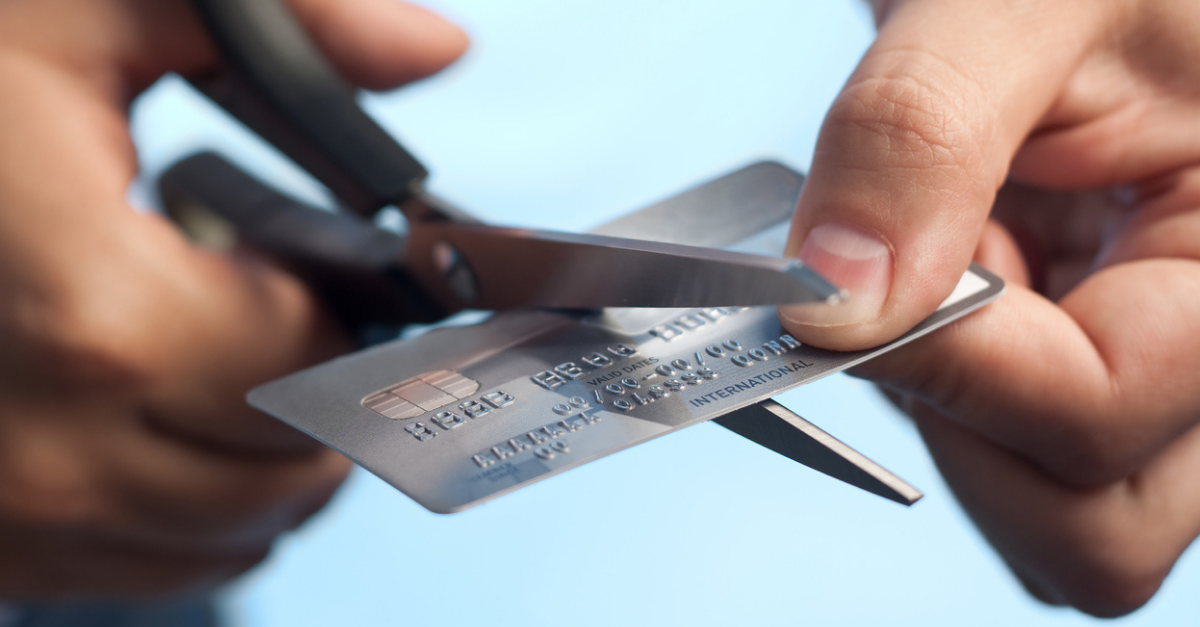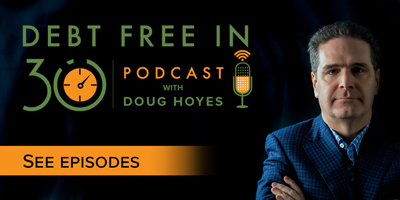
Consumer proposals have become a popular debt relief option in Canada. They offer an alternative to bankruptcy for those struggling with overwhelming debt. While a proposal can provide significant benefits, it’s crucial to understand the potential drawbacks before deciding if a consumer proposal is the right choice for your financial situation.
Under what circumstances does a consumer proposal work as a way out of debt? When do the benefits outweigh the downsides? Is a consumer proposal bad?
Table of Contents
Consumer Proposal Debt Settlement
A consumer proposal is a formal procedure governed by the Bankruptcy and Insolvency Act and administered by a Licensed Insolvency Trustee. The act ensures that you are protected from legal actions by your creditors and means that your debt repayment follows a strict and monitored process. Your trustee will negotiate a settlement between you and your creditors, and you will typically make one monthly payment over a 5 year period.
A consumer proposal allows insolvent debtors to settle their debts for less than they owe while avoiding bankruptcy. Your consumer proposal can deal with most of your unsecured debts, including credit cards, lines of credit, personal loans, payday loans, and income taxes. Once you have made your final payment, your debts will be eliminated.
Potential Disadvantages of Consumer Proposals
Impact on Credit Score and Future Borrowing
Filing a consumer proposal will affect your credit score initially. A note is added to your credit report, which remains for three years after completion or six years from the filing date, whichever comes first. This can make it challenging to obtain new credit or loans during this period.
Additionally, you’ll need to surrender all credit cards, and any lines of credit will be cancelled. Obtaining a new credit card within a year of filing is possible, although you may need to start with a secured credit card to rebuild your credit.
A consumer proposal can be the first step towards rebuilding your credit. While a consumer proposal does have an initial negative impact on your credit score, it’s important to understand how it can actually improve your credit in the long run. The primary benefit of a consumer proposal is that it removes old, problematic debt, effectively clearing the negative factors dragging down your credit rating. Overdue payments, high credit utilization, and accounts in collections all have significant negative impacts on your credit score. A consumer proposal addresses these issues by consolidating your debts into a single, manageable payment and stopping the accumulation of interest.
Not All Debts Are Included
Consumer proposals only deal with unsecured debts such as credit card debt, personal loans, and payday loans. Secured debts like mortgages and car loans are not included. While this can be advantageous if you want to keep your home or vehicle, it means you’ll need to continue managing these payments separately.
Some debts cannot be included in a consumer proposal, such as:
-
Debts due to fraud
-
Child support or alimony payments
-
Court fines
-
Student loans if you’ve been out of school for less than seven years
Potential for Creditor Rejection
While rare, there’s a possibility that creditors may reject your proposal. Creditors have 45 days to vote, and if more than 25% (by dollar value) ask for a meeting and more than half vote against your proposal at that meeting, it can be rejected. Your Licensed Insolvency Trustee will work with you to negotiate acceptable terms, but there’s no guarantee of acceptance.
Licensed Insolvency Trustees are experienced at preparing consumer proposal offers, and most proposal terms are accepted as filed. If a creditor does not accept your initial offer, most will make a counteroffer. Your trustee will work with you to negotiate terms acceptable to you and your creditors or may recommend rescinding your proposal if an agreement cannot be reached.
Hoyes Michalos has a 99% acceptance rate for the proposals we file, and the overall completion rate is over 90%. This high success rate can be attributed to the careful assessment and planning done by our Licensed Insolvency Trustees before filing and the structured nature of the repayment plan.
Debt Limits and Payment Terms
Consumer proposals have a debt limit of $250,000, excluding the mortgage on your primary residence. If you owe more, you’ll need to file a Division I proposal, which carries additional risks.
Large creditors can influence payment terms, potentially demanding a higher payout percentage. Most major bank creditors have a minimum percentage they will expect before voting yes on a proposal. If you owe a significant amount to one of these creditors, you may need to offer more in your proposal for it to be accepted.
Risk of Proposal Annulment
If you miss three months’ payments, your consumer proposal can be annulled. When your proposal is annulled, your debts return, and you lose the benefit of the stay of proceedings provided in a consumer proposal that stops collection activity. Creditors can then pursue legal action to recover what you owe, including collection calls and garnishing your wages.
Considering a consumer proposal?
Weighing the Pros and Cons
Despite these disadvantages, consumer proposals offer several benefits. Here are some advantages of a consumer proposal:
-
A consumer proposal is a deal to repay less than you owe so you get out of debt sooner.
-
It legally binds all your creditors to the same debt settlement plan. No creditor can back out.
-
It provided creditor protection against collection actions like a wage garnishment or lawsuit.
-
A proposal preserves your assets, such as tax refunds, investments and home equity.
-
It often results in lower monthly payments compared to other debt consolidation options.
-
It provides a fixed payment, which can be easier to budget
Is a Consumer Proposal Right for You?
A consumer proposal is a powerful debt management tool; however, deciding whether to file a consumer proposal depends on your specific financial circumstances. Consider these factors:
-
Is most of your debt unsecured? Are your total debts more than $10,000 but within the $250,000 limit?
-
Do you have assets you want to protect or earn a higher income, making bankruptcy too expensive?
-
Can you commit to a fixed monthly payment for up to five years?
-
Are you facing collection actions or have so much unsecured debt that you are unlikely to repay it on your own?
Before committing to a consumer proposal, explore other debt relief solutions:
-
Debt consolidation loans
-
Credit counselling and debt management plans
-
Direct negotiation with creditors
-
Personal bankruptcy
Use our consumer proposal calculator to compare the cost of a consumer proposal with other debt relief options.
Talk with a Licensed Insolvency Trustee about a consumer proposal if you are struggling with debt. Only a Licensed Insolvency Trustee can legally file a consumer proposal for you. Do not pay unlicensed debt consultants or credit counsellors for consumer proposal advice, as they will only refer you to a LIT to complete your proposal filing.
Our team at Hoyes Michalos is happy to answer any further questions you may have about consumer proposals and help you decide what debt solution is best for you.






